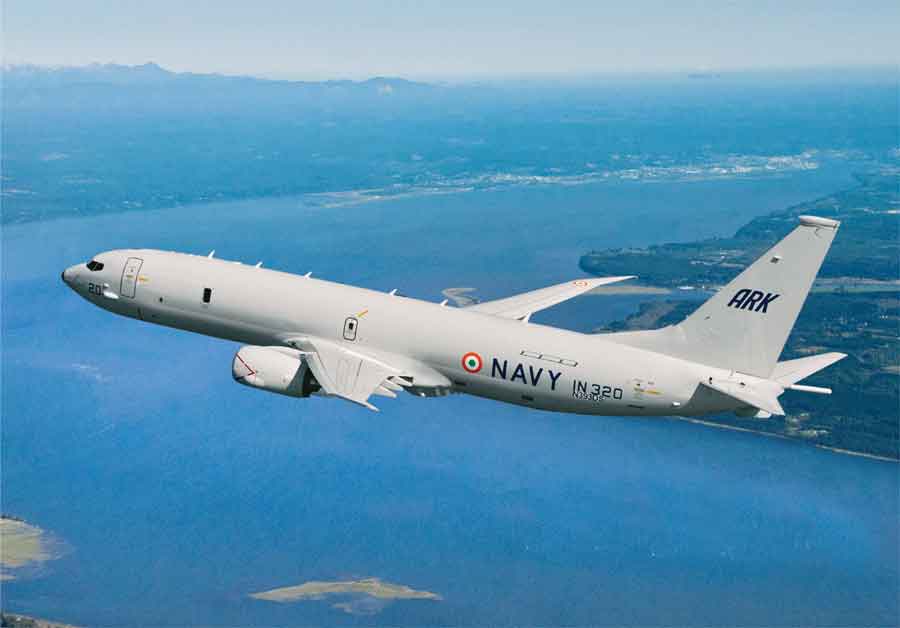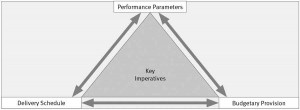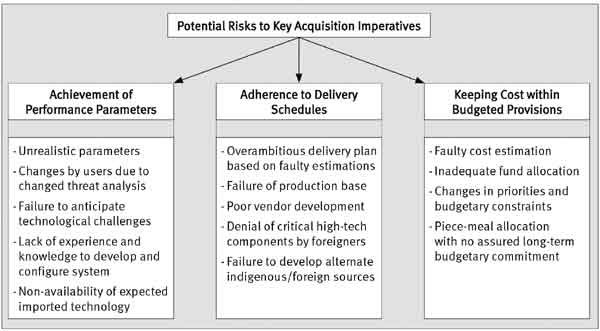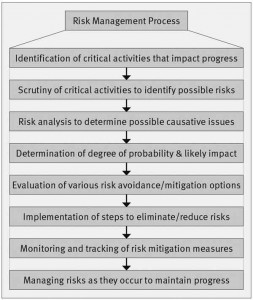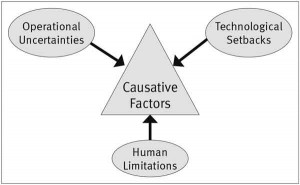It is very rare that a defence acquisition programme follows the planned timelines. There are a number of reasons for the same. Over-ambitious and impractical production estimates pose major risks. Most system integrators depend on their vendors for timely supply of sub-assemblies and components. Their failure to meet deadlines can impede progress. In case a project depends on imported components, assurance of regular supplies acquires critical importance.
Every defence acquisition regime strives to ensure delivery of the defence equipment sought by the armed forces in the required timeframe and with the best value for money. In other words, the acquired equipment must satisfy the performance criteria as specified by the armed forces, the required quantity must be delivered as per the mandated schedule and the cost must be kept within the limits of the sanctioned budget.
Failure to adhere to the planned budget of an acquisition project is a rule rather than an exception.
Performance parameters, delivery schedule and budgetary provision are commonly known as Key Acquisition Imperatives (KAI). As shown in Illustration 1 below, KAI are intrinsically interlinked and are mutually dependent. For example, a defence system loses its value if it fails to achieve the performance parameters or is not delivered within the required timeframe. Similarly, projects may have to be shelved if they become unaffordable by exceeding budgetary provisions.
Although efforts are being made to explore the nature, degree and extent of the inter-se relationship between different KAI, no standardised equation has been evolved so far. Every acquisition programme has its own peculiarities involving numerous variables that impact the relative significance of each KAI. In case of an operational emergency, the importance of cost factor gets reduced whereas performance and delivery schedule acquire significance. As defence acquisition projects have a long gestation period, even KAI get modified – the user may upgrade or alter performance requirements, or delayed delivery may become acceptable due to abatement of immediate threat, or additional funds may become available.
As seen above, achievement of KAI is critical to the success of an acquisition project. It is always a daunting challenge as every acquisition programme entails accomplishment of a multitude of activities, both concurrently and sequentially. Numerous uncertainties afflict every activity. More worrisome is the fact that even an insignificant looking hitch can delay or thwart the achievement of KAI, thereby endangering the viability of the project. As defence acquisitions impact national security, no unforeseen glitches can be allowed to derail them.
Snags are Inevitable
‘If anything can go wrong, it will,’ is a common adage. Even the best laid plans rarely follow the premeditated path. Since acquisition projects are highly complex, it is absolutely essential to be prepared for all eventualities and be organised for initiating timely corrective steps. In other words, instead of undertaking fire-fighting operations in the case of sudden contingencies, it is better to anticipate them and have restorative plans in place to deal with them in a methodical manner.
A risk with potential to disrupt the progress of a programme has to be dealt with in a definite manner…
A risk is a measure of danger or a threat that arises out of future uncertainties. All plans are based on certain premises and a premise is a belief. It presupposes that all elements will perform and deliver as anticipated. However, the future never follows the predicted pattern. When deviations occur, plans go awry and threaten achievability of a project. Plans can be salvaged and put back on track only in case the likely hurdles had been foreseen and contingency plans evolved to overcome them.
Identification of risks that can imperil an acquisition programme is by far the most important and difficult task. It requires deep insight and a thorough knowledge of the complexities of the processes involved. It is an endeavour to foresee what can go wrong at every stage of the project and identify the causative issues. Thereafter, alternatives can be explored to eliminate their occurrence or to minimise their adverse effects.
Risk management is a programme management tool for effectively managing future uncertainties associated with defence acquisitions. The primary objective is to establish a strategy that ensures achievement of the three key imperatives of performance, schedule and cost. According to the Risk Management Guide (for defence acquisitions) issued by the US Government, risk management is the overarching process that encompasses identification, analysis, mitigation planning, mitigation plan implementation and tracking. Further, it includes disciplines like programme management, systems engineering, earned value management, production planning, quality assurance, logistics, system safety and mishap prevention.
Potential Areas of Risks
Risk areas are influenced by threat analysis, operational requirements, technologies involved, design/engineering challenges, manufacturing competence, existing support systems and ability to adhere to cost and delivery schedules. As shown in Illustration 2, most areas of potential risks are related to the achievement of KIA.
A vast majority of defence acquisition cases the world over struggle to achieve performance parameters prescribed by the services. The armed forces are often accused of demanding equipment of Utopian capabilities. Further, they are blamed for changing parameters midway, resulting in delays and excessive expenditure. Inability of the development agency to master newer technologies also poses severe risks. In addition, unexpected embargo on foreign technologies can threaten the viability of a project, especially for a country like India that continues to be dependent on foreign know-how.
An impartial ‘award and punishment’ regime helps in reducing risks due to human acts of commission and omission.
It is very rare that a defence acquisition programme follows the planned timelines. There are a number of reasons for the same. Over-ambitious and impractical production estimates pose major risks. Most system integrators depend on their vendors for timely supply of sub-assemblies and components. Their failure to meet deadlines can impede progress. In case a project depends on imported components, assurance of regular supplies acquires critical importance.
Failure to adhere to the planned budget of an acquisition project is a rule rather than an exception. As defence acquisitions entail a plethora of unforeseen challenges, it is quite difficult to estimate the financial implications at the outset. Moreover, there is a tendency amongst all acquisition functionaries to peg indicative costs at unrealistically low levels while submitting estimates, only to obtain official sanctions. They are confident in the belief that once a project is sanctioned, escalation in costs will be accepted without much ado.
Need for a Sound Risk Management Plan
As risks can be associated with all aspects or activities of a programme, it is essential to develop an interactive strategy to evolve a comprehensive methodology for their management. A Risk Management Plan (RMP) includes all activities related to the identification of risks, analysis to track the causal issues and the treatment to curtail adverse impact of their consequences. Further, remedial steps to reduce chances of their occurrence and measures for their mitigation have to be well thought through and planned. Resources have to be assigned accordingly.
Diligent identification of risks is the key to the formulation of a sound RMP. Nothing should be taken for granted. As over-confidence can breed complacency, it is prudent to be extra cautious. Risk identification should begin concurrently with the commencement of a project and should continue throughout its currency with regular reviews. Each ingredient of the programme must be examined assiduously to catalogue associated probable root causes.
Once all the risks are identified and listed, a systematic analysis is carried out of each item to ascertain likelihood of its occurrence and likely severity of its impact on the progress of the project. Risk analysis defines each risk in detail and helps determine its relative criticality to enable prioritising of risk mitigation measures. A risk with potential to disrupt the progress of a programme has to be dealt with in a definite manner, even if the chances of its occurrence are less. On the other hand, risks having high-probability but low-impact deserve different treatment. See Illustration 3.
In order to prevent exposure to high-impact risks that can imperil the successful implementation of a project, efforts are made to explore ways of averting them to the maximum extent possible through affecting changes in plans, processes, procedures, concepts and specifications. At times, users are approached to reconsider the performance parameters in case they are considered to be impractically ambitious.
Since it is well nigh impossible to eliminate all risks, measures have to be planned to reduce chances of their occurrence and to mitigate their adverse impact. A risk mitigation plan is an action plan that contains details of specific steps to be taken in various contingencies by duly nominated functionaries with necessary resources earmarked for the purpose. As the maxim goes – ‘a stitch in time saves nine’, a risk mitigation plan seeks to discern an impending risk at the earliest and strives to take prompt steps to minimise the damage.
Tracking and evaluation of risk mitigation measures is a continuous process. Needless to say, close monitoring is essential for timely initiation of mitigation plans. Once mitigation plans get triggered, their systematic appraisal has to be carried out to measure their effectiveness and determine further corrective steps, if considered necessary. See Illustration 4.
Minimising Risks
All future plans are evolved using current knowledge and necessarily include the indeterminate aspects that are based on premises, conjectures, estimations and visualisations. These imprecise facets expose all plans to risks. In the case of defence acquisitions, the causative factors can be grouped under three broad categories – operational uncertainties, technological setbacks and human limitations. Although it is impossible to eradicate all risks, efforts can certainly be made to minimise chances of their occurrence. See Illustration 5.
Many risks get generated when impracticable mission objectives are set, based more on speculative thinking than objective appraisal of operational needs. Operational plans must be based on realistic threat assessment. A threat has to be enemy-specific and based on his expected capabilities, probable objectives and likely terrain of operations. Unfortunately, all militaries tend to overplay security concerns. Resultantly, they demand equipment with unachievable and unneeded capabilities. Moreover, as operational scenario undergoes change, they seek changes in performance parameters of equipment under acquisition thereby exposing projects to avoidable slippages. Therefore, it is essential that operational uncertainties be minimised by preparing focused and enduring perspective plans.
Secondly, appraisal of technology (both available and under development) should be based on realistic expectations rather than over-ambitious and wishful projections. Dependence on a single foreign source for critical technologies must be avoided. In the past, many critical projects of strategic importance have suffered because the foreign source failed to deliver the promised technology to India. Drawing lessons from past experience, alternative plans must be kept ready in case of projects that are dependent on imported technology.
Being a continuous process, the performance of risk-mitigation plans should be monitored regularly so that timely corrective measures can be taken, if required.
Even the best of plans need competent and diligent personnel for their successful implementation. Therefore, selection of personnel is of utmost importance. Further, slippages due to human inadequacies can be minimised only if the functionaries are delegated adequate powers and held accountable for their performance. An impartial ‘award and punishment’ regime helps in reducing risks due to human acts of commission and omission.
As the success of a defence acquisition programme is dependent on the fulfilment of the key imperatives, all threats to KAI must be considered as serious risks and given due attention. Finally, adequate margins of errors in delivery schedules and funding support must be inbuilt in all programmes to cater for unexpected challenges.
The Way Forward
A risk is a chance of a problematic occurrence. Risk management planning is based on the premise that precautions are infinitely better than panic-reaction. Risk planning is an interactive process. It entails identification of risks, their analysis and preparation of plans for their mitigation. It amounts to carrying out of a cause and effect analysis in anticipation.
As seen above, two essential ingredients of an effective risk management strategy are early identification of risks and continuous monitoring. It is ideal to initiate recognition of risks concurrently with the formulation of the acquisition proposal. It helps to incorporate adequate safeguards in the Request for Proposals itself. Being a continuous process, the performance of risk-mitigation plans should be monitored regularly so that timely corrective measures can be taken, if required.
Finally, constant oversight, regular interaction with all participants, earmarking of responsibilities, assignment of required resources and quick decision making apparatus are essential for the successful implementation of a risk management plan. It is only then that the likelihood of the occurrence of risks can be minimised and the severity of their consequences kept within acceptable limits. Risk management is unquestionably better than crisis management.




